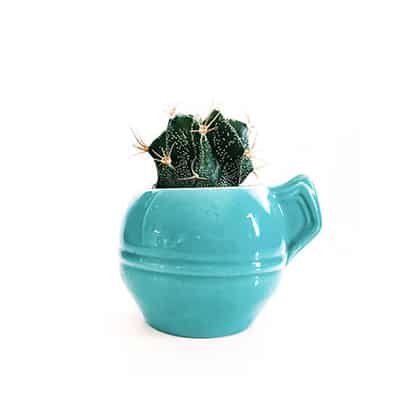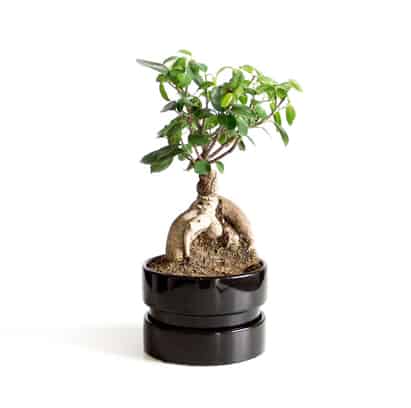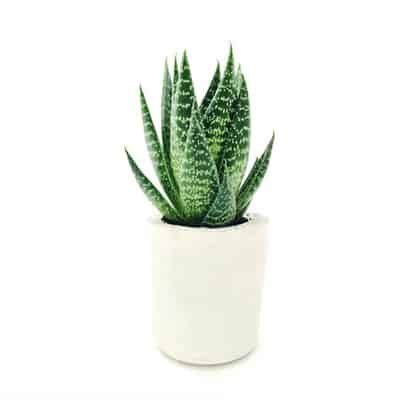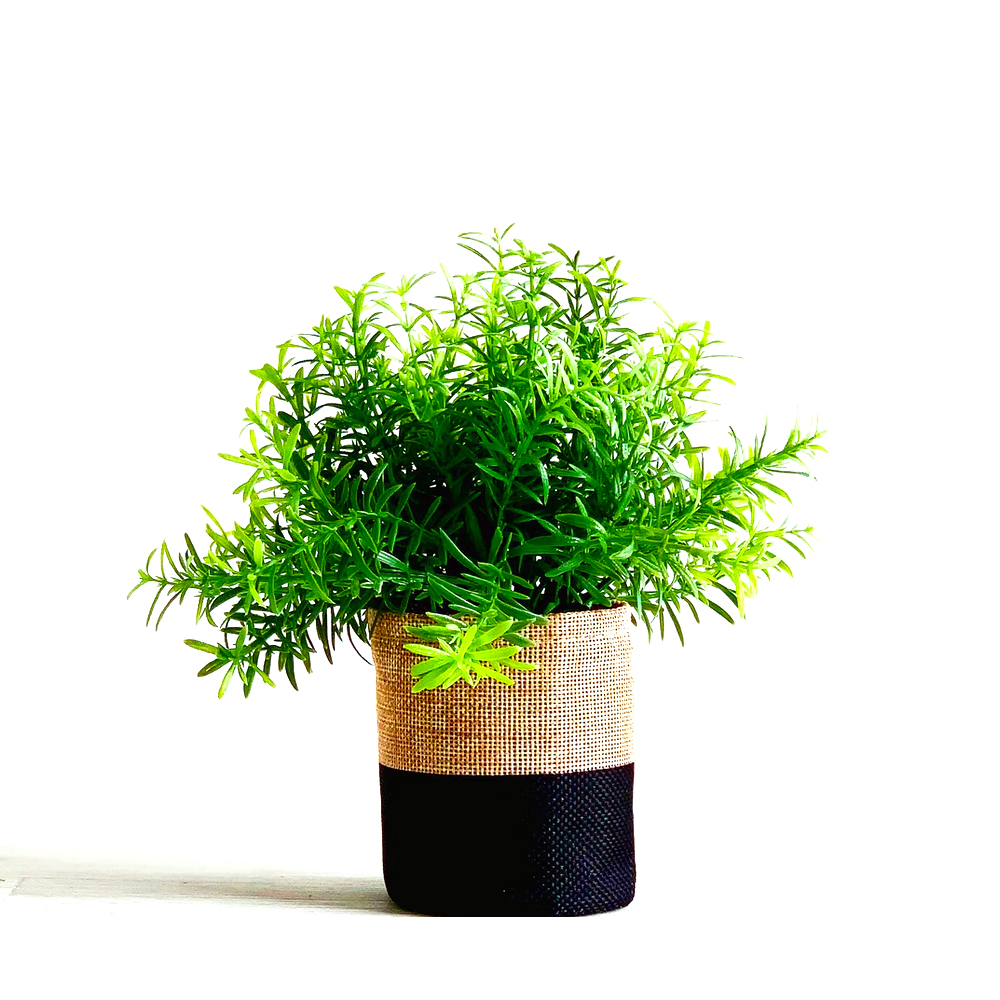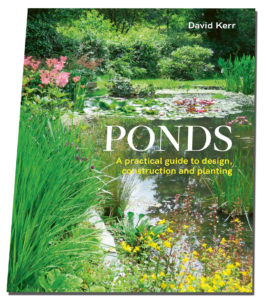Devon Pond Plants advice on...
Planting
If you have purchased bare rooted plants, unpack them immediately upon arrival and put them temporarily in a bright cool place out of direct sunlight where they won’t dry out – surround the roots with damp packing material. Don’t leave them in the packing bags in the sun as they can cook really quickly. Pots can be stood in shallow water or even just on the ground indefinitely, as long as they are not allowed to dry out.
If you have bought bare root plants, you’ll need enough litres of compost to fill the baskets, unless you are planting direct into the ground or into a gravel beach. A 20L bag will actually only do about 16 litres of baskets once consolidated, so allow a little extra. You’ll also need a little gravel to top the pot.
P9 pots are a starter size and must be potted into larger pots to suit the shelf depth. 1 litre pots can be left for one season but then will need to be potted into larger baskets, so why not do it straight away?
If planting directly into the ground, treat like any garden perennial: clear the site of weeds, make a hole and insert the plant up to the previous soil level before backfilling with crumbled soil and firming in if above water level, or by heeling in if below water.
Upright plants with substantial roots, by far the biggest group, eg Acorus, Caltha, Cyperus, Iris, Pontederia, Scirpus: Try to ensure that the roots are spread out and not crammed into a ball or bent back on themselves. Water them in if above water level. Tall plants will have been cut back by me, but cut back further if necessary to give a firm result. If the plant is wobbly then it won’t take successfully.
Horizontally creeping plants eg Calla, Menyanthes, Persicaria, Potentilla: Ensure that the main stem is at water level and plant with the roots downward and the stem horizontal and pointing towards the centre of the pond.
Mat-forming plants with fine and/or short roots eg Anagallis, Cardamine, Cotula, Lychnis, Mazus, Myosotis, Veronica: scratch up the soil surface, tease out the plant so that most of the leaves are facing up and press lightly down onto the soil surface. Almost cover with coarse grit or gravel so that some of the leaves poke out of the top and water in. Place gently and keep damp until established.
Oxygenators will survive and grow slowly in the leaded bunches, but all except Ceratophyllum, which doesn’t make roots, will greatly benefit from being planted up in baskets, where they can root and spread. Use 2 to 5 bunches in a 2 or 3 litre basket; plant firmly and top with clean grit or gravel. Drop gently to the bottom to avoid disturbing the soil. Reckon on roughly1 bunch per square metre initially.
Floating plants: well, just float!
If you’re potting into aquatic baskets, use either aquatic compost a mixture of garden soil or bagged topsoil and up to 20% of 5-10mm gravel or grit (not limestone). Don’t use multipurpose compost or manure – this will rot away to nothing in a stinky sludge, leaving the pots light and almost empty. We use mostly John Innes number 3 for marginal plants and good Devon topsoil for those like lilies that will be planted in submerged baskets. Top off the pot with clean 10mm gravel. Choose a basket that is about the same depth as the spot in which it is to be placed. You may consider planting in an oversized basket to obviate the need to re-pot too soon. Tall plants are best planted in larger baskets to avoid toppling. Some people like to line the basket with hessian, but with modern fine meshed baskets any leaching problem is greatly reduced. Every pond suffers to some degree from algae, but a pond planted with a good range of emergent and submerged plants will attain a balance in time.
ENSURE THAT THE PLANTS ARE PLACED WITHIN THE DEPTH STATED ON THEIR DESCRIPTION ON THE WEBSITE. ERR ON THE SHALLOW SIDE IF POSSIBLE.
For water lilies, Put the tuber at 45 degrees if necessary to get it into the pot, but place the cut end against the side of the pot with the tuber pointing towards the middle of the pot. Settle good clay based garden soil around and under the tuber so that it is trapped by the remaining roots with the top of the tuber roughly 1cm below the top of the basket and the soil to halfway up the tuber. Firm around the tuber tightly, and don’t be tempted to include compost or manure of any kind. Preferably don’t use the bagged aquatic composts as they don’t have enough body or contain sufficient nutrients for lilies; they also tend to be very sandy and the lily will quite likely just float up out of the pot when you submerge it. I usually incorporate a couple of fertiliser tablets at the base of the basket. Add 1cm of clean gravel so that the basket is now full. Gently lower the basket into the pond until it is 30-50 cm deep. If you drop a freshly potted lily into a metre of water it will use up a lot of energy trying to reach the surface and it may fail. It’s best to drop it gradually over a few months, though this isn’t easy in practice. Alternatively, stand the basket on another empty upturned basket or basket full of clean gravel initially, then remove the lower one later on.
I recommend using a basket of at least 3 litre capacity, better still 5l or 10l. For really large lilies in a big pond you can go to 25 litre baskets. Bear in mind that the bigger baskets are nearly 30cm deep, so will be unsuitable for a shallow pond as the lily will end up too close to the surface. An ideal depth for most lilies will be 50-60cm below water level. Miniature lilies will need no more than 30cm while big varieties like Alba, Gladstoniana etc may tolerate up to 120cm once established. More detail can be found on the Water lily Information page.
Strangely, it is a common misconception that aquatic plants need little or no aftercare. Of course vigorous natives planted underwater in a large pond will generally take care of themselves, but many of the more delicate and interesting plants should be treated just like any other garden plant. They benefit tremendously from a regular dose of fertiliser (I suggest the long lasting tablet type), and occasional dividing and re-potting. As a general rule, expect to divide and re-pot every two or three years. Regular deadheading of named varieties will be necessary to maintain the variety; germinated seeds will (usually) be of the less interesting parent species. In the autumn, cut back and remove decaying foliage and don’t let it rot back into the pond.
Water plants don’t tend to suffer from many pests or diseases, but aphids may occasionally affect soft and succulent leaves like those of Alisma or Pontederia; also there is a water lily aphid that can become troublesome. If in baskets, the best solution is to drown them by dropping the basket to the bottom of the pond for two or three days. If in the ground, a strong jet of water can be used; or usual proprietary remedies. Leaf miners can attack many plants but there is little one can do; it’s usually cosmetic and not fatal. It’s also quite normal to get some leaf rust or black spot on some Acorus, Alisma, Caltha and Irises, particularly after flowering.
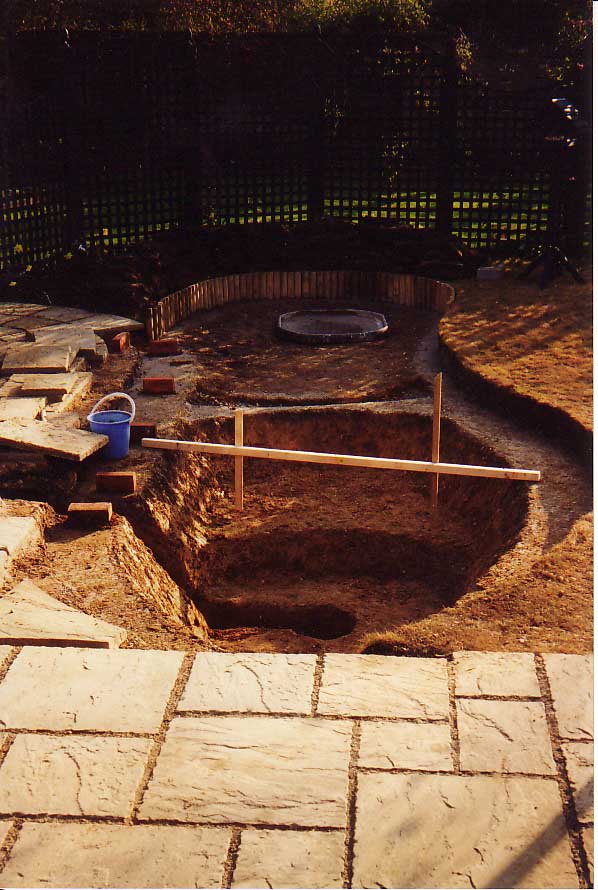
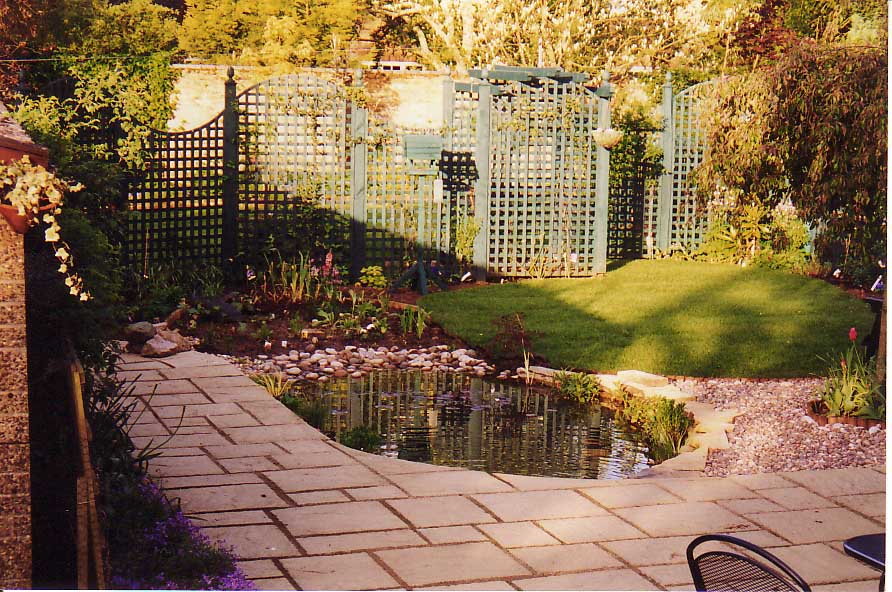
GET YOUR SIGNED COPY OF A NEW BOOK
AUTHOURED BY DAVID KERR OF DEVON POND PLANTS
This book will tell you all you need to know about the design, construction and planting of ponds of all sizes. Crammed with useful information and plenty of helpful pictures, this guide will help you to avoid all the common and costly mistakes and create a successful and beautiful pond. Due for release on 6 September 2023 and available from all the usual outlets, a signed copy can be ordered direct from this website.
If you would like a signed copy please indicate this in the Notes box on the order form.
Customer Reviews
What Our Customers Say
Mr AM 09.04.19
Hi David,
My plant order arrived today and the package was placed behind the wheelie bins, as requested. I usually request that parcels be left there so as not to have my neighbours bothered.
The parcel was unpacked and I’m delighted with the plants you have sent, both in beautiful condition and looking sturdy…thank you. I will definitely be ordering from you again.
MR R W – 9 April 2024
Well – what can I say!?!… about your most excellent service?!!…
I am delighted to confirm that my plants arrived this morning (approx 10am) amazing, given that your E-mail of 5:48 pm yesterday evening stated that the package would be dispatched shortly!!
So, the rapid transit was certainly impressive – I’m sure that you can imagine that, due to the Irish Sea Border – or whatever… we in Northern Ireland often experience haphazard deliveries!
The obvious care taken to package the plants is appreciated – being wrapped in damp paper, they arrived in good & healthy condition. We wasted no time however and all are planted in our pond – ready to flourish!
Many thanks again for your prompt and efficient service.
Mrs FR June 2016
I received the plants safe and sound today and looking well. I have planted them and in some cases was able to split them thanks to your generosity. I am sure they will do well and enhance our new garden.
MRS S L – 19 October 2022
Hi David,
Thank you so much for your truly outstanding service! My plants arrived days earlier than I anticipated; in perfect condition. Fortunately I’m having a day off, so new Iris were planted in situ within 10 mins of arrival. I hope the frogs love them as much as their predecessors!
Thank you for your user friendly plant guidance. I am a delighted customer!


